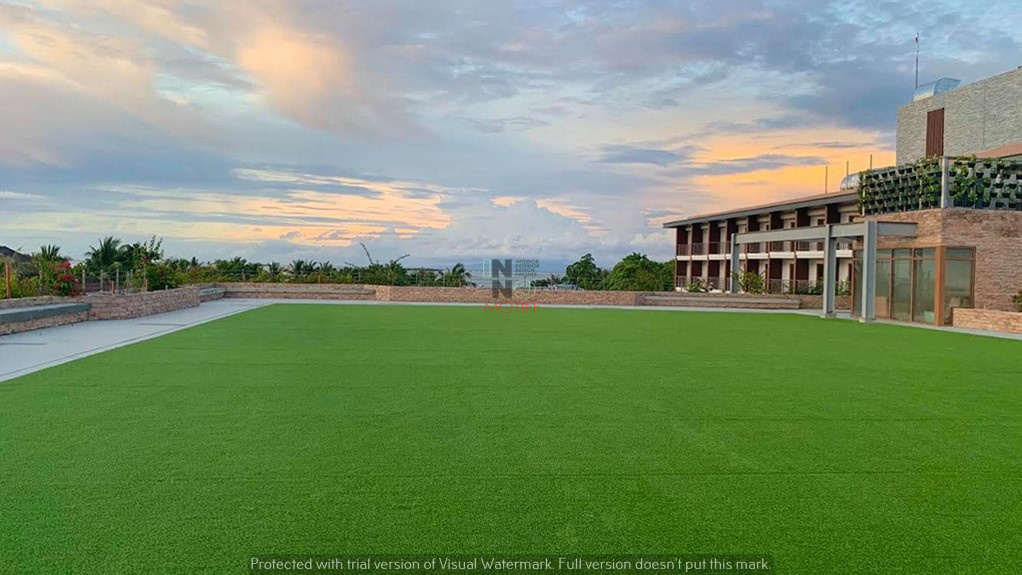Diastasis recti is a condition that occurs when the abdominal muscles separate, often leaving a visible bulge in the midsection and creating weakness in the core. It’s especially common among postpartum women, but athletes and individuals who lift improperly or experience rapid weight changes may also develop it. Without proper care, this condition can contribute to back pain, poor posture, and decreased functional strength. The good news is that diastasis recti treatment can restore stability, rebuild confidence, and help individuals return to their normal daily activities.
Osteopractic Physical Therapy of Central Indiana specializes in guiding patients through every stage of diastasis recti treatment. Their expert team ensures you receive personalized care—from assessment to complete recovery—so you can achieve long-term results.
What Is Diastasis Recti?
Diastasis recti occurs when the linea alba, the connective tissue between the left and right abdominal muscles, stretches or weakens. This separation can happen gradually during pregnancy as the belly expands or as a result of repetitive strain on the abdominal wall. Signs often include a soft bulge down the middle of the stomach, difficulty engaging the core, or even pain when lifting or twisting.
Left untreated, diastasis recti can compromise more than just appearance—it affects spinal alignment, breathing, and even pelvic floor function. That’s why seeking professional diastasis recti treatment is crucial for long-term health and function.
Assessment and Diagnosis
The first step toward healing is a proper assessment. While some people perform a self-check by lying on their back and feeling for a gap between the abdominal muscles, professional evaluation provides a clearer picture. At Osteopractic Physical Therapy of Central Indiana, clinicians use advanced assessment methods such as abdominal palpation and movement analysis to determine the extent of separation and identify contributing factors.
An accurate assessment ensures that your diastasis recti treatment plan is not only safe but also tailored to your specific needs. Early detection makes it easier to prevent complications and sets the stage for more efficient recovery.
Creating a Personalized Treatment Plan
No two cases of diastasis recti are exactly alike. That’s why personalized treatment is essential. A plan designed by a skilled physical therapist considers the severity of the separation, your lifestyle, activity level, and goals. Osteopractic Physical Therapy of Central Indiana excels at creating customized plans that progress gradually, ensuring that patients can rebuild strength without risking further injury.
This individualized approach is what makes professional diastasis recti treatment far more effective than generic online exercise routines.
Non-Surgical Treatment Options
Most cases of diastasis recti can be managed without surgery. Treatment often includes targeted core exercises that emphasize deep abdominal activation, breathing coordination, and posture training. Techniques such as pelvic floor therapy play an important role in restoring balance and strength to the entire midsection.
Manual therapy may also be used to improve tissue mobility and reduce discomfort. Lifestyle adjustments, such as learning proper lifting techniques and incorporating safe movement strategies into daily life, further support recovery. Osteopractic Physical Therapy of Central Indiana integrates all these methods to deliver comprehensive non-surgical diastasis recti treatment that truly works.
Recovery Timeline – What to Expect
Recovery looks different for everyone, but consistency is the key factor. Some individuals notice improvements within a few weeks, while others may need several months to fully restore strength and function. Common signs of progress include a reduced abdominal gap, improved posture, decreased back pain, and better stability during everyday movements.
Diastasis recti treatment requires patience, but the steady gains are worth the effort. Working with experts ensures that progress is monitored, and adjustments are made along the way to keep recovery on track.
Preventing Recurrence
Once the abdominal wall is healed, maintaining strength is essential. Continued practice of safe core exercises, posture awareness, and mindful lifting techniques can help prevent recurrence. For women who plan future pregnancies, preventive care is especially important. With proper guidance, the risk of developing or worsening diastasis recti can be significantly reduced.
Osteopractic Physical Therapy of Central Indiana provides long-term support so patients not only recover but also maintain their results for years to come.
When Surgery May Be Necessary
Although most people improve with conservative care, there are rare cases where surgery becomes necessary. If the separation is severe and accompanied by significant functional limitations or hernias, surgical repair may be considered. Abdominoplasty, or “tummy tuck,” is one option, though it carries risks and recovery demands. Because of this, surgery is typically viewed as a last resort after comprehensive diastasis recti treatment has been attempted.
Success Stories and Real-Life Outcomes
Many individuals have successfully healed their abdominal separation through guided treatment. Patients who once struggled with everyday tasks now enjoy stronger cores, improved confidence, and better quality of life. Osteopractic Physical Therapy of Central Indiana has helped countless patients in the community regain function and strength, proving that with the right approach, recovery is achievable.
Takeaway
Healing diastasis recti requires more than just doing random core exercises—it demands a structured approach beginning with accurate assessment, followed by personalized treatment, consistent recovery practices, and long-term prevention strategies. Most individuals can fully restore strength without surgery when they commit to the process under professional guidance.
For those in Central Indiana, Osteopractic Physical Therapy of Central Indiana offers the best support for diastasis recti treatment. With their expertise, personalized care, and commitment to long-term health, you can move confidently from assessment to recovery and beyond.
Frequently Asked Questions
How do I know if I need diastasis recti treatment?
If you notice a gap, bulge, or weakness in your core—especially postpartum—it’s wise to seek a professional assessment.
Can diastasis recti heal on its own?
Mild cases may improve naturally, but professional treatment ensures faster, safer, and more complete recovery.
Is exercise safe with diastasis recti?
Yes, but not all exercises are appropriate. Guided treatment ensures you perform safe movements that strengthen rather than worsen the condition.
Do men get diastasis recti?
Yes, men can develop it from weightlifting, poor form, or rapid weight changes. Treatment approaches are similar to those for women.
Why choose Osteopractic Physical Therapy of Central Indiana?
They specialize in diastasis recti treatment with a proven track record, personalized care plans, and expert therapists who guide you from assessment through full recovery.






